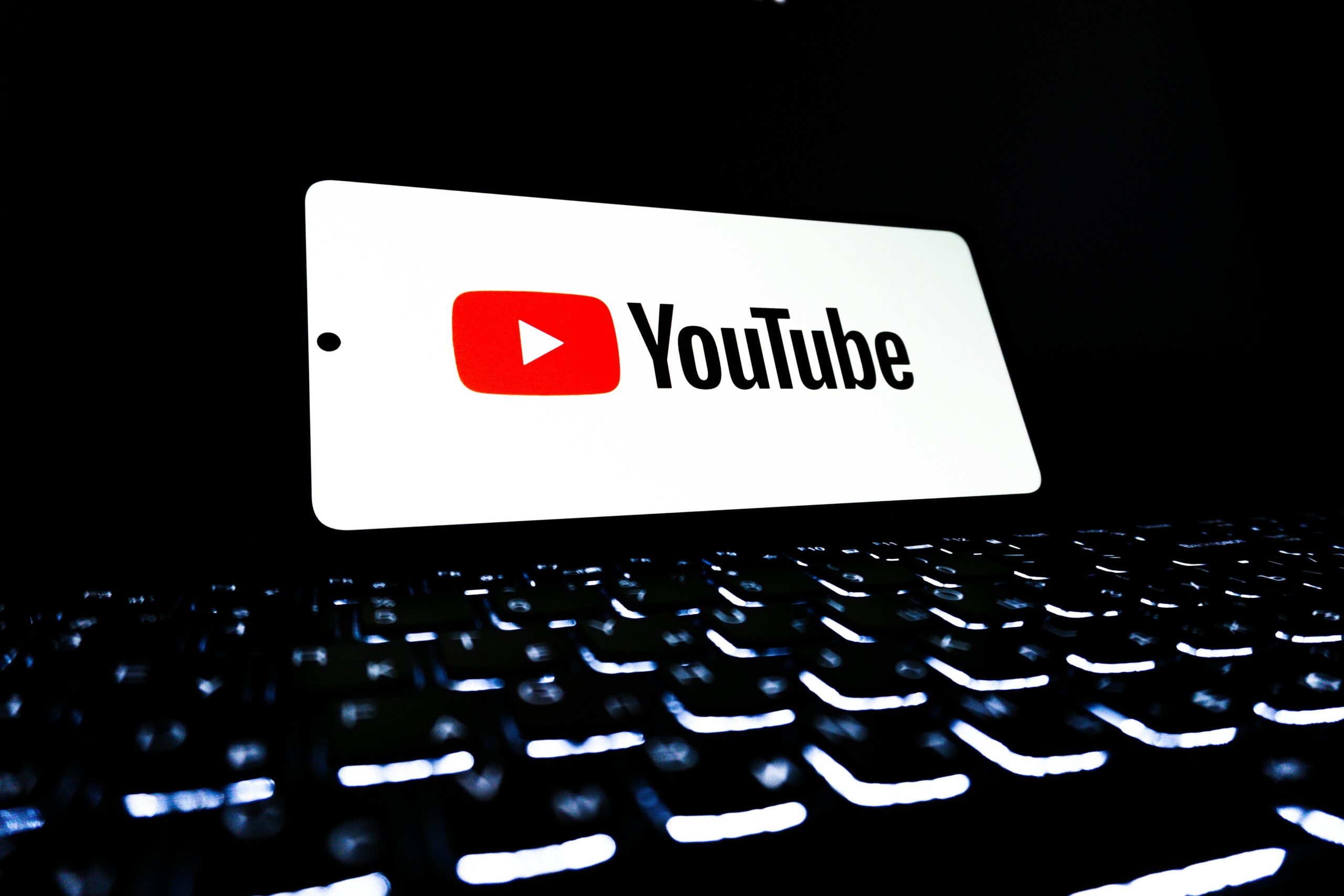One Tap for More Inclusive Communication
Every time you post a video or story on social media—Instagram, TikTok, YouTube Shorts, LinkedIn—turn on auto-captions or add simple subtitles. It takes 10 seconds, and it turns your everyday content into a tool for inclusion.
This micro-habit supports Sustainable Development Goal 10: Reduced Inequalities, by improving access for people with hearing impairments, language learners, and neurodivergent viewers.
Why It Matters
- 1.5 billion people globally live with some degree of hearing loss, and over 430 million require assistive hearing care (Source: WHO).
- On average, 80% of social media videos are watched without sound—captions help everyone understand and engage, regardless of hearing ability.
- Auto-captioning improves language accessibility for non-native speakers and people with auditory processing challenges.
- It also increases content engagement by up to 15% according to internal data from Meta and TikTok.
How to Do It in Seconds
- When posting a video or story, look for the “Captions” or “Subtitles” toggle in your platform’s editor.
- If available, enable auto-captions—AI will generate subtitles based on your voice.
- (Optional) Manually edit misheard words for clarity.
- Post as usual—now with inclusive impact.
Popular platforms like Instagram, TikTok, YouTube, LinkedIn, and Facebook all offer built-in caption tools.
Why This Supports Reduced Inequalities
- Breaks down communication barriers: Increases access for millions who are deaf, hard-of-hearing, or multilingual.
- Normalizes inclusion in everyday digital spaces, making accessibility the default, not the exception.
- Empowers marginalized voices: Creators from underrepresented communities gain equal footing in engagement when all audiences can follow.
Bottom Line
Inclusive content is a choice—and it’s never been easier.
Start your “Auto-Caption Daily” habit today—because equity begins with being heard, and understood.


